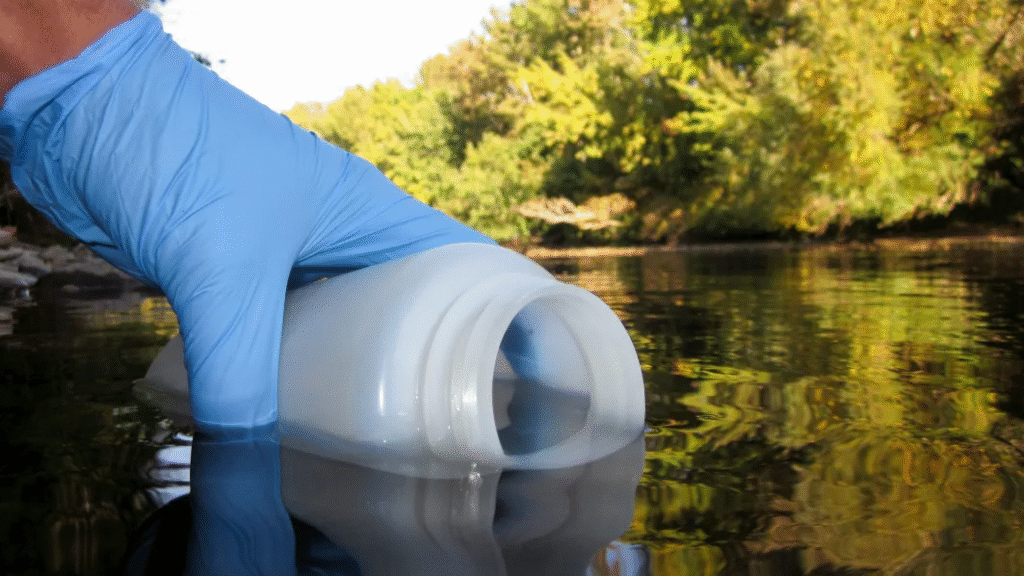One more thing
How environmental DNA is giving scientists a new way to understand our world
Environmental DNA is a relatively inexpensive, widespread, potentially automated way to observe the diversity and distribution of life.
Unlike previous techniques, which could identify DNA from, say, a single organism, the method also collects the swirling cloud of other genetic material that surrounds it. It can serve as a surveillance tool, offering researchers a means of detecting the seemingly undetectable.
By sampling eDNA, or mixtures of genetic material in water, soil, ice cores, cotton swabs, or practically any environment imaginable, even thin air, it is now possible to search for a specific organism or assemble a snapshot of all the organisms in a given place.
It offers a thrilling — and potentially chilling — way to collect information about organisms, including humans, as they go about their everyday business. Read the full story.
—Peter Andrey Smith
We can still have nice things
A place for comfort, fun and distraction to brighten up your day. (Got any ideas? Drop me a line or skeet ’em at me.)
+ This week’s Perseid meteor shower did not disappoint—the pictures are spectacular.
+ Elephants know what they want, and it’s tasty treats 🐘
+ Why it’s high time to decorate your kitchen and bathroom.
+ What’s in David Byrne’s bag? It’s time to find out.


